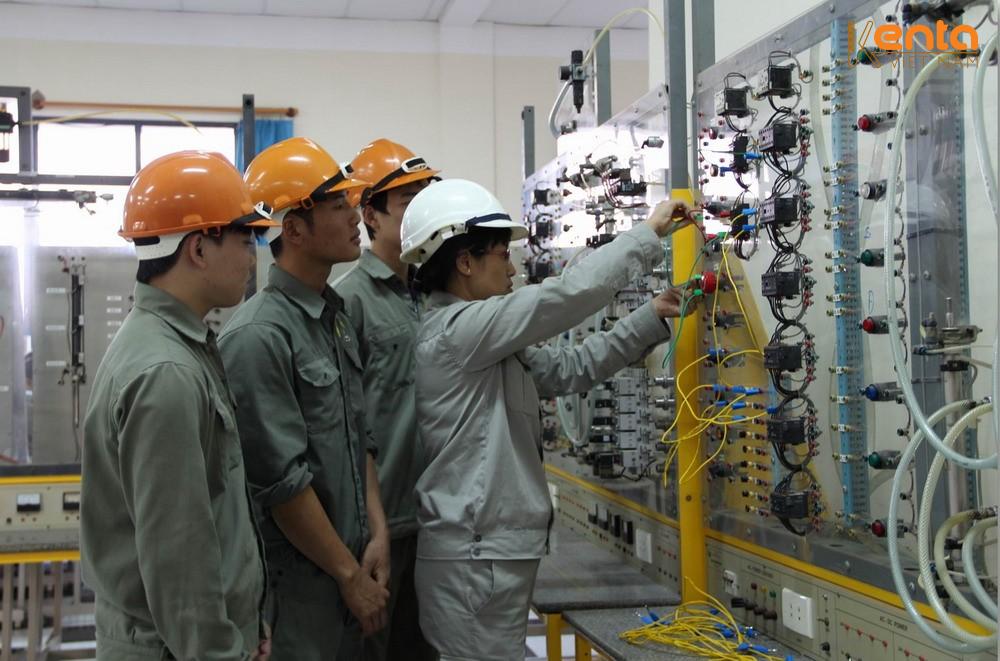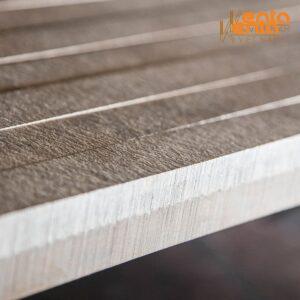Knowledge, Technology
Bimetal materials in the electrical industry
In the trend of digital technology transformation, electricity is no longer just an essential energy source but also the foundation for all production activities, daily life, and increased automation. In this context, choosing materials that meet high technical requirements, durability, and cost-effectiveness has become a challenge for many businesses. Among them, bimetal materials in the electrical industry are considered an optimal choice due to their superior diversity and flexibility.
What are bimetal materials in the electrical industry?
Bimetal materials (bimetal) in the electrical industry are typically a combination of two metals with different properties: one metal with excellent electrical conductivity, such as copper or aluminum, and another metal with good strength, such as steel or stainless steel. These two metals are joined together using technologies such as explosive welding, compression rolling, or cold pressing, creating a new material with superior capabilities compared to each individual metal.

In the electrical industry, bimetal materials are widely used in components such as busbars, contacts, circuit breakers, automatic switches, or thermal relays, thanks to their good thermal control, electrical conductivity, and mechanical impact resistance.
Why are bimetal materials favored in the electrical industry?
It is not accidental that bimetallic materials are widely used in the electrical industry. First of all, it helps to significantly reduce material costs by using 100% conductive metal only in necessary positions, while the remaining parts use cheaper structural metal. Moreover, this type of material also helps reduce thermal loss, thermal expansion, and increase the speed of electricity transmission.
Durable, well-shaped, and capable of thermal stability when the current changes has made this material ideal for devices with fast and sensitive switching speeds. Thermal relays or current warning devices rely on the bending properties of bimetallic materials when temperature changes.
Practical applications in electrical devices
In both residential and industrial electrical equipment, bimetallic materials are used to manufacture busbars, conductors, circuit boards, electrical contacts in control devices, switches, and circuit breakers. At the same time, they are also used in thermal relays due to their ability to change shape when the temperature rises, helping to warn of fire or explosion risks or to cut off the current in time.

In high-power electrical devices or substations, bimetallic materials are used to reduce heat generated by high currents while maintaining the stability of the current in the system.
Kenta Vietnam - your reliable partner
At KKenta Vietnam, we provide a full range of high-quality electrical materials, including bi-metal materials that meet strict technical requirements. Our products all come with complete certificates of origin, ensuring clear traceability and compliance with ISO standards in the production and assembly of electrical equipment.
Not only do we supply products, But Kenta also offers consultation to choose the most suitable materials for the production and construction needs of each project. Thanks to our enthusiastic and experienced technical team who understand the market well, we have partnered with many power, mechanical, and heavy industry enterprises nationwide.




















